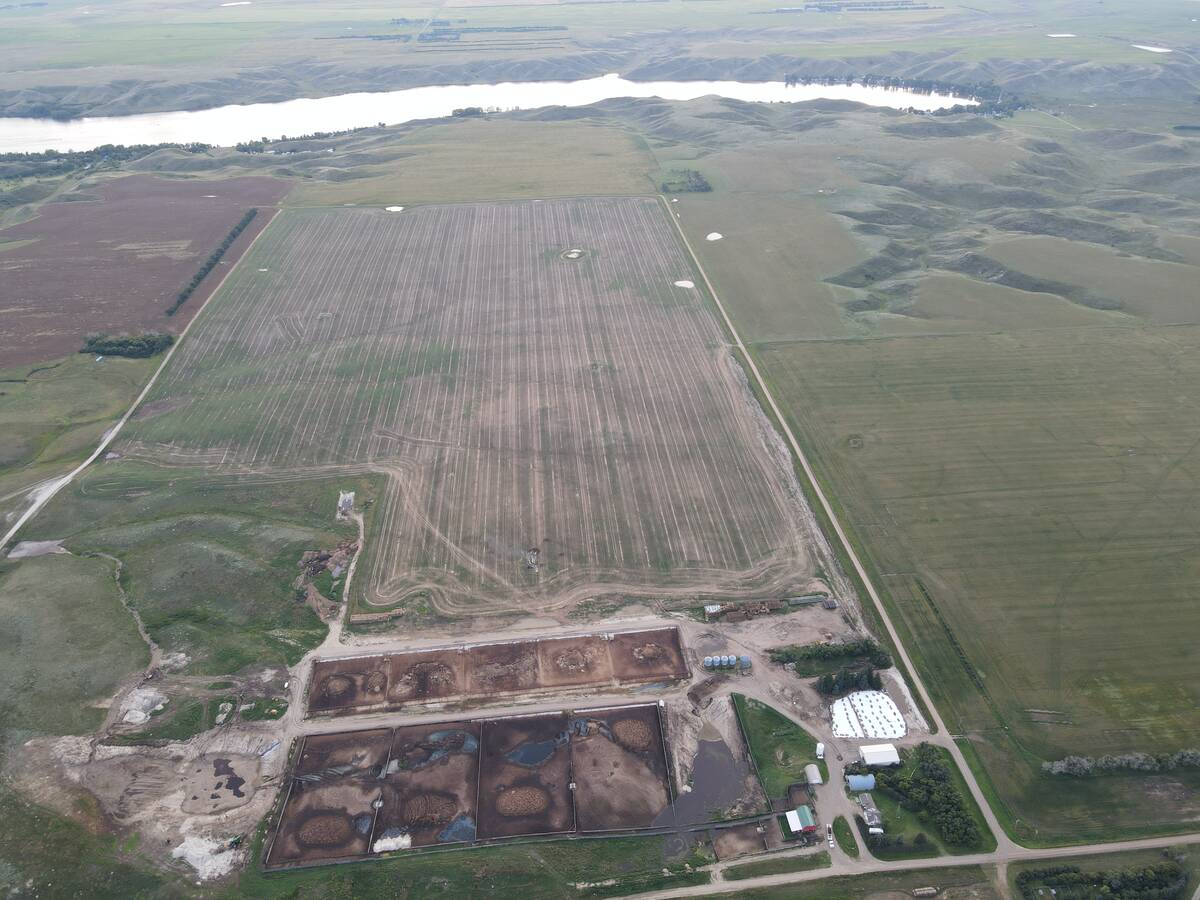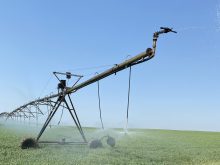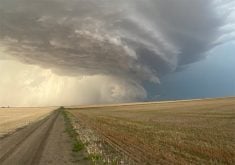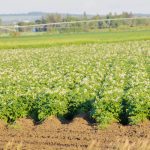An option for cattle producers with hay and pasture land has recently been developed by research scientists at Agriculture Canada’s Saskatoon Research Centre, said Michel Tremblay, crop development specialist with Saskatchewan Agriculture.
“Dr. Bruce Coulman has taken the most promising crosses between smooth and meadow bromegrass to produce a hybrid with the characteristics of a dual-purpose hay-pasture species. It will give producers greater flexibility with their land,” said Tremblay.
The first of these hybrids might be released next year.
Coulman said smooth brome-grass, traditionally used for hay, has poor regrowth. Meadow brome-grass, which is shorter and more difficult to cut, has been used for grazing because of its fast regrowth.
Read Also

Saskatchewan RM declines feedlot application, cites bylaws
Already facing some community pushback, a proposed 2,000-head cattle feedlot south of Swift Current, Sask., has been rejected for a municipal permit, partly over zoning concerns about the minimum distance from a residence.
In the early 1980s, crosses between the two were made at the Saskatoon Research Centre by Robert Knowles. Coulman further selected and evaluated the four best lines.
He evaluated the hybrids for forage quality, seed production, pasture productivity and hay production in mixtures with intermediate wheatgrass and for ease of stand destruction.
“We found that the hybrid bromegrasses had equal or lower fibre than the smooth and meadow bromegrass in both leaves and stems. The lower the fibre, of course, the higher the digestibility and subsequent gains by cattle,” said Coulman.
“Seed yields of the hybrid brome were generally higher than meadow brome. In seed fields, however, it is critical to remove residue after harvest to insure higher seed yields the following year.”
Stands of hybrid brome were easily removed by applying Roundup, followed by cultivation, the study found.
In earlier hay cuts, there was no advantage to mixtures of hybrid brome and intermediate wheatgrass over pure stands of hybrid brome. In later cuts, a few mixtures outyielded pure stands of both hybrid brome and intermediate wheatgrass.
Most of the experiments were done in Saskatoon. To provide more comprehensive testing of hybrids in different soil types, tests were also done at Nipawin, Melfort, Swift Current and at an irrigated site at Outlook, all in Saskatchewan.
In one year of grazing at Melfort, hybrid brome pastures produced carrying capacity, average daily gains and pasture yields similar to meadow brome.
Coulman noted more comprehensive data is required in the black and grey-wooded soil zones.
The Swift Current hybrid brome pastures produced higher beef gain per acre over a three-year period than either smooth or meadow brome.
The first of the hybrids are expected to be released next year.














